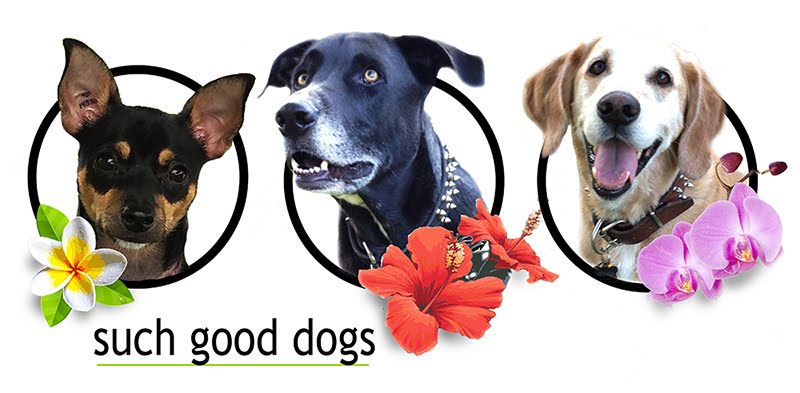When beginning training your new dog, a LOT of information will be thrown out at you. Everyone from the person you got your dog from, to the vet, to your next-door neighbor will be willing to offer you advice about how to train your new pet. My advice? Find a trainer that uses positive reinforcement methods and that you are comfortable with. I highly recommend that EVERYONE take a basic manners dog class. I have had dogs my entire life and had never taken a basic manners dog class until recently. Even with everything I knew about dogs then, the information I learned in dog class was amazingly helpful. Below is a helpful list of terms that you will probably come across in your dog training adventure.
Bribe.
Prior to asking your dog to perform a known cue or behavior, you show the dog something he values in an attempt to gain his compliance.
Capturing.
This is basically just waiting for a dog to do something specific, then rewarding him the second he does it. Capturing training does not cue or prompt the dog in any way.
Lure.
Using a lure is enticing the dog with something he values in order to lure him into a position or cue. The food lure is used in positive reinforcement training.
Molding.
This is actually physically placing the dog into the position you desire. This is not generally recommended.
No Reward Marker.
This is a simple sound or phrase like "eh-eh," or "uh-oh" that communicates to the dog that the behavior you just presented me is not what I was looking for. This is telling the dog, "that's not it, please try something else."
Proofing.
Proofing is the process of testing the dog's knowledge of a known behavior. By testing where your dog is at with a cue, you can determine what he needs to work on and where to go from here.
Punishment.
A penalty that the dog does not like that will decrease the likelihood the dog will repeat that behavior. This can be as simple as removal from an area, or as harsh as a physical correction (not recommended).
Reinforcement.
Anything that will increase the likelihood a dog will repeat a behavior. Reinforcers are different for all dogs but generally include things such as: treats, toys, attention, eye contact, and talking to a dog.
Reward.
Surprising the dog with something he values after performing the correct cue or behavior.
Example: you ask a dog to sit, he sits, he take our a hidden food treat and give it to him.
Shaping.
This is rewarding any slow progress the dog makes towards the desired goal. This is something that is helpful to be used with shy dogs.
Bribe.
Prior to asking your dog to perform a known cue or behavior, you show the dog something he values in an attempt to gain his compliance.
Capturing.
This is basically just waiting for a dog to do something specific, then rewarding him the second he does it. Capturing training does not cue or prompt the dog in any way.
Lure.
Using a lure is enticing the dog with something he values in order to lure him into a position or cue. The food lure is used in positive reinforcement training.
Molding.
This is actually physically placing the dog into the position you desire. This is not generally recommended.
No Reward Marker.
This is a simple sound or phrase like "eh-eh," or "uh-oh" that communicates to the dog that the behavior you just presented me is not what I was looking for. This is telling the dog, "that's not it, please try something else."
Proofing.
Proofing is the process of testing the dog's knowledge of a known behavior. By testing where your dog is at with a cue, you can determine what he needs to work on and where to go from here.
Punishment.
A penalty that the dog does not like that will decrease the likelihood the dog will repeat that behavior. This can be as simple as removal from an area, or as harsh as a physical correction (not recommended).
Reinforcement.
Anything that will increase the likelihood a dog will repeat a behavior. Reinforcers are different for all dogs but generally include things such as: treats, toys, attention, eye contact, and talking to a dog.
Reward.
Surprising the dog with something he values after performing the correct cue or behavior.
Example: you ask a dog to sit, he sits, he take our a hidden food treat and give it to him.
Shaping.
This is rewarding any slow progress the dog makes towards the desired goal. This is something that is helpful to be used with shy dogs.





